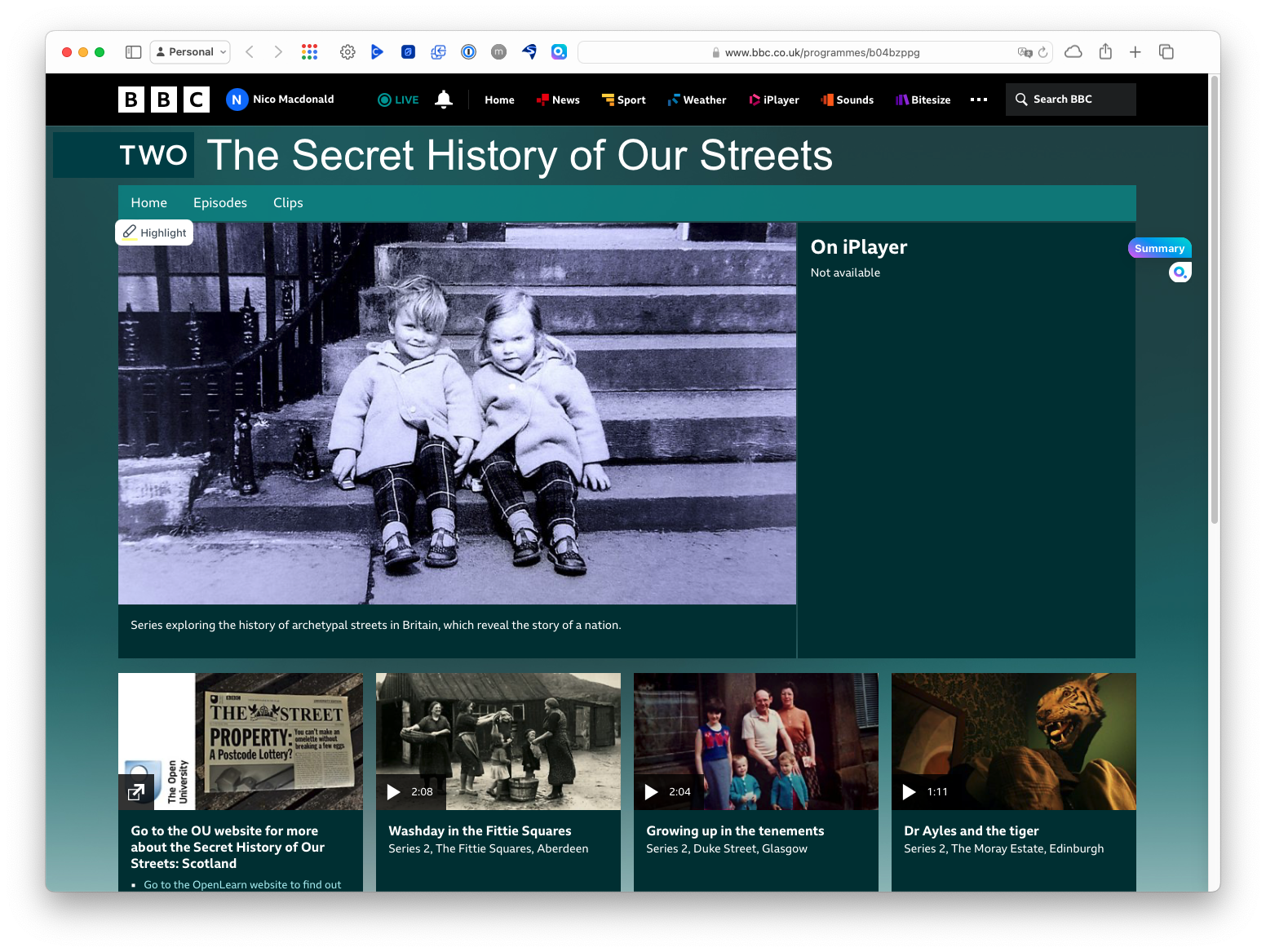There is a lovely series current airing on the BBC called The Secret History of Our Streets, discussing the social history of well known streets across London. It is hung on Charles Booth’s nineteenth century social maps of London (you know, the ones in which the well-to-do areas are red, and ‘vicious, semi-criminal’ areas are black).

The one on Portland Road, W11, is fascinating, and quite moving, interviewing both the old residents as well as the gentrifiers and their inheritors, mainly bankers. (Most old residents are nostalgic about what they have lost but one is positive about the step up from what were slum houses to social housing, such as the Nottingwood Estate, with proper baths and central heating – a point that came across strongly in the BBC’s The Great Estate: The Rise & Fall of the Council House.)
It is fascinating on the division in the road – in which gypsies and piggeries occupied the north end – which was formerly instantiated by Kensington and Chelsea council by a physical front line dividing the ‘nobs’ and the ‘working people’, in which Julie’s wine bar acts as a strange ‘Checkpoint Charlie’. The other episodes cover Deptford High Street, Camberwell Grove, Caledonian Road, Reverdy Road and our local Arnold Circus (‘The Jago’, as was).
—
{Facebook}
